The phenomenon of Halloween, with its eerie costumes and whimsical pumpkin carving, has its roots deeply planted within the rich soil of ancient traditions and cultural practices. It is a celebration that transcends geographical boundaries, adapting unique flavors and rituals as it's embraced by different cultures around the globe.
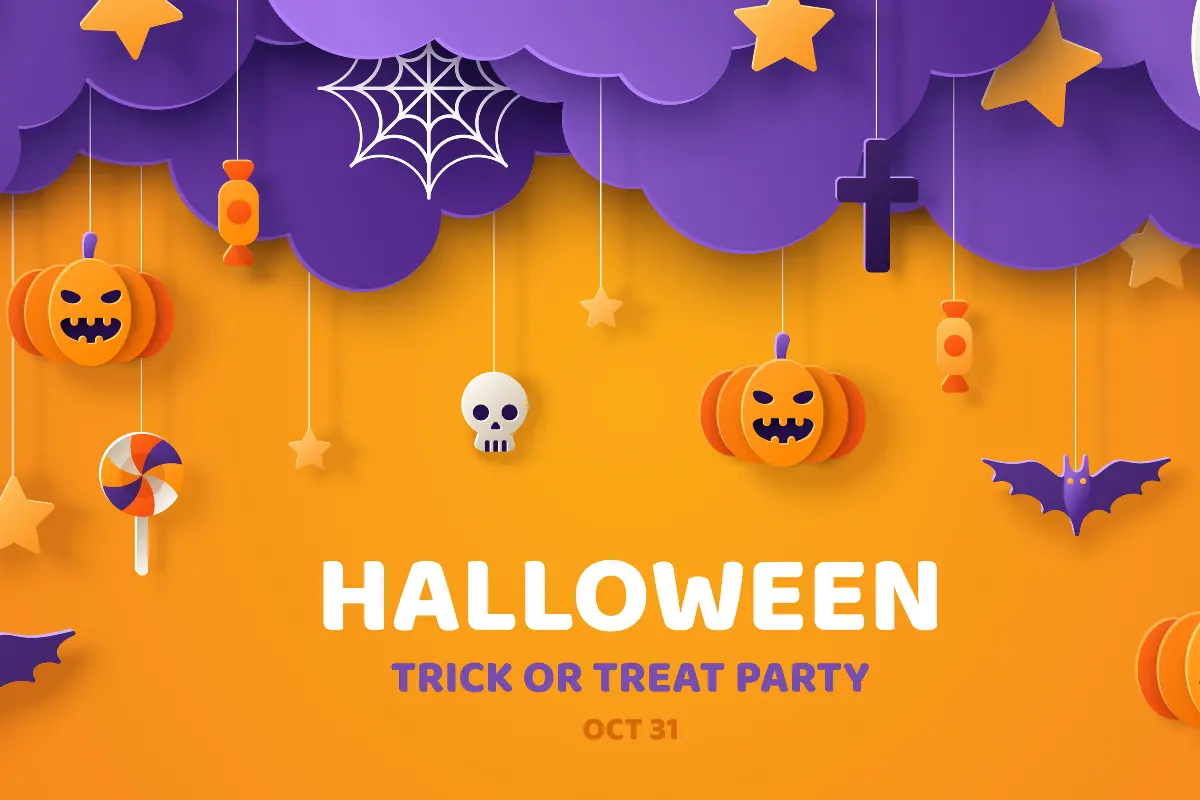
Originating from the Celtic festival of Samhain, where people would light bonfires and don costumes to ward off ghosts, Halloween's modern incarnation has become a mix of customs fetching influences from various corners of the world. In the United Kingdom, the occasion is often marked by children and adults alike dressing up in frightening costumes, carving jack-o'-lanterns out of pumpkins, and partaking in activities like apple bobbing, a game that dates back to Roman times.
United States
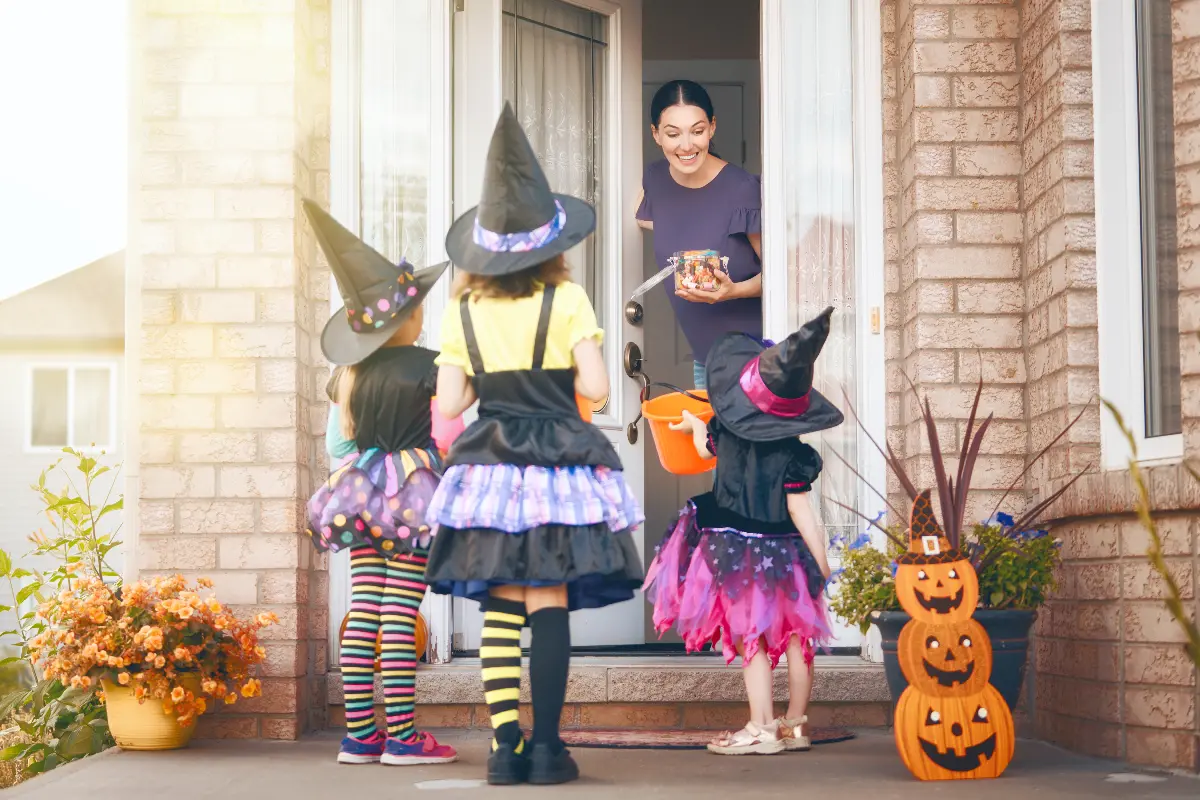
Across the pond in the United States, Halloween is a major event on the annual calendar, taking on a more commercialized form. Trick-or-treating, where children go door-to-door in costumes asking for candy, is a staple of American culture that began in the 1920s and 1930s. Haunted attractions and elaborate decorations are a common sight, and it is estimated that millions are spent each year on costumes, making it the second-largest commercial holiday after Christmas in the States.
Mexico
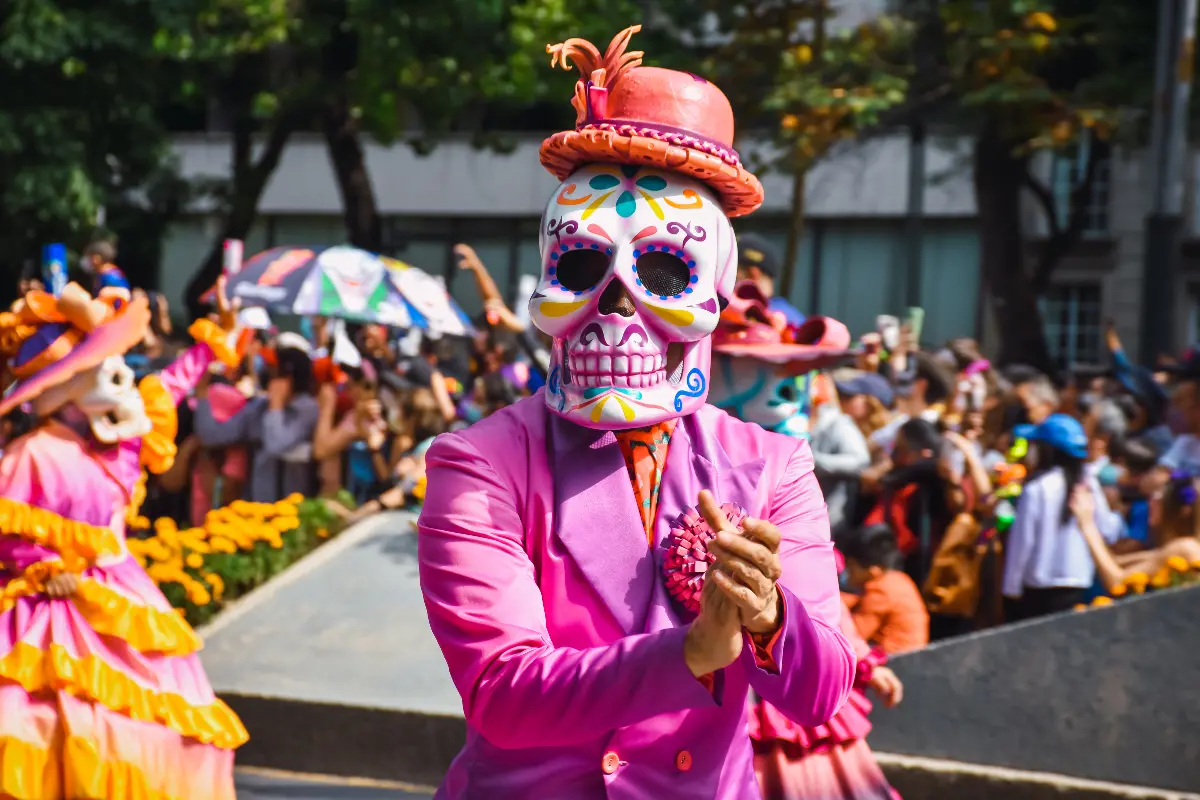
Venturing south, Mexico and parts of Latin America celebrate Día de los Muertos, or Day of the Dead, which coincides with the Catholic holidays of All Saints' Day and All Souls' Day. Contrary to its name, this festival is a colourful and exuberant affair, as people build ofrendas (altars) to honor the deceased. These are often adorned with marigolds, photos, mementos, and the favorite foods and beverages of the departed. Skulls, made of sugar, are a distinctive symbol for these celebrations, representing death and rebirth.
Philippines
In the Philippines, the day is known as "Undas," a time when people visit the graves of their loved ones, offering prayers, flowers, candles, and sometimes, even picnics at the graveyard. This custom of paying respects is so significant that it often results in a temporary migration as many head to their hometowns, making it a familial, communal event steeped in tradition and remembrance.
Ireland
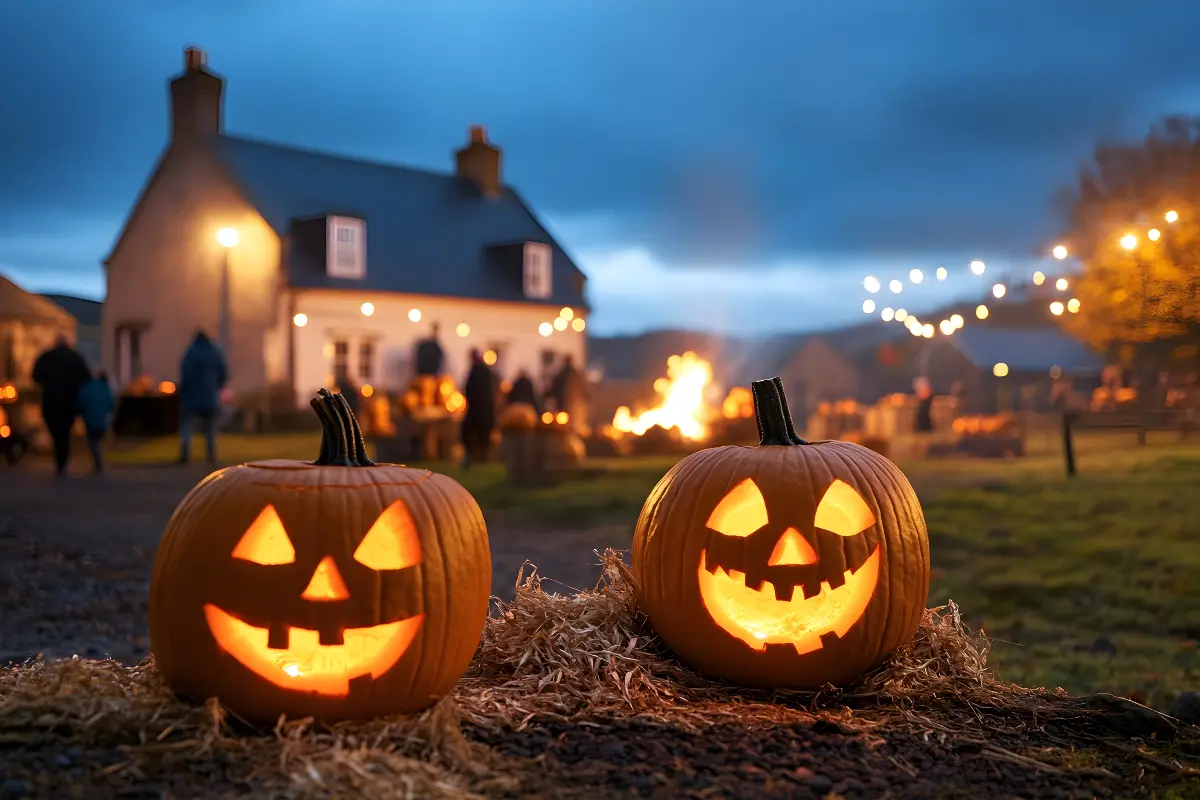
Ireland, the birthplace of Halloween, maintains its historical connection with Samhain to this day. Bonfires are still a common sight, and it's a time when the Irish honor their ancestors and the departed. An interesting custom retained in Ireland is the baking of a barmbrack, a type of fruitcake that contains various objects baked into the bread, each signifying a different fortune for the person who finds it in their slice.
Asia
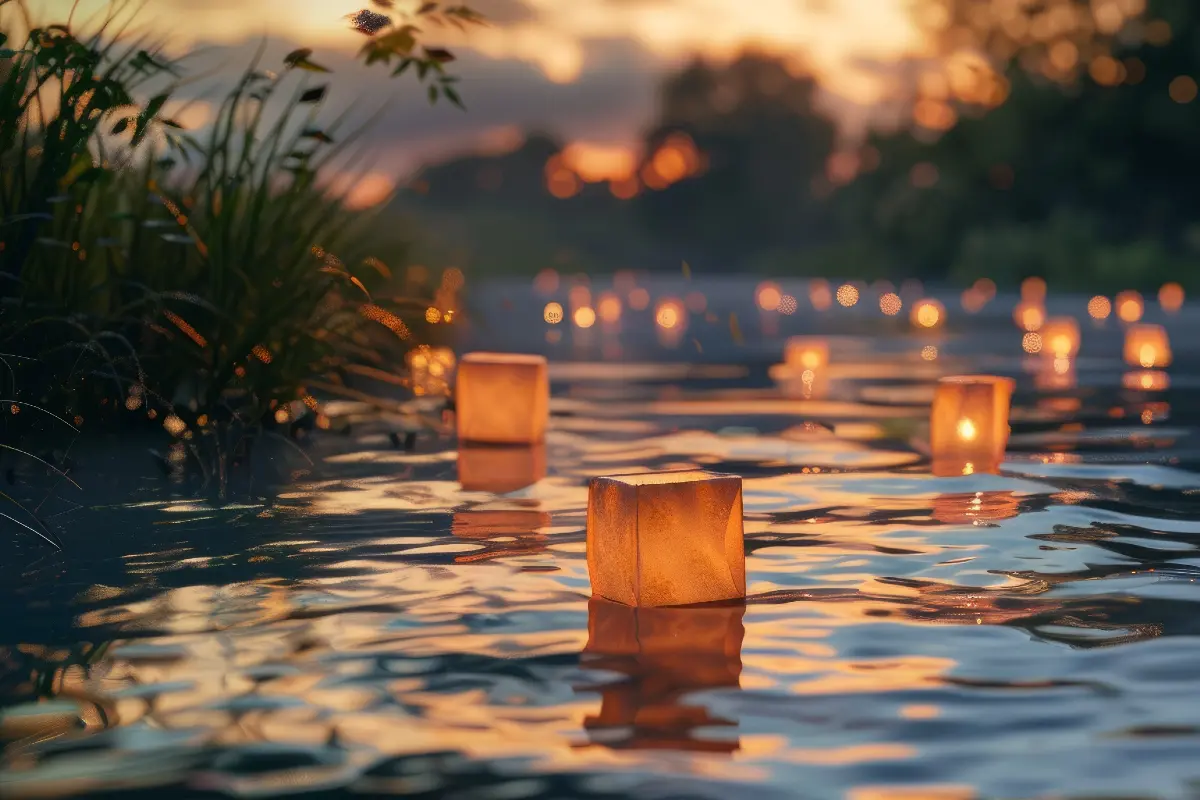
In Asia, the influence of Western culture has popularized Halloween celebrations, particularly in urban centers like Tokyo, Japan, where costume parades and parties are increasingly common. Meanwhile, the Chinese festival of Teng Chieh commemorates the departed with offerings of food and water placed before photographs of loved ones. Lanterns are lit and placed afloat on rivers and seas to guide the spirits back to the afterlife, a serene contrast to the raucous celebrations elsewhere.
An evolving holiday, Halloween's flexibility allows it to fit snugly within the cultural tapestries of various countries, even those without historical connections to the original Celtic festival. This adaptability is part of its allure. Countries like Russia and Germany have their ways of observing the season. In Russia, the Day of Silence is a more somber occasion, shunning the gaiety in favor of reflection and peace, while Germany hides its knives on Halloween night to protect the departed souls from harm, showcasing the cultural variations of the event.
The truth is that Halloween is a many-splendored celebration that takes on myriad forms across the world. It’s a testament to the human fascination with the supernatural, the beyond, and our ways of coming to terms with the ethereal elements of our existence. As we share and adopt each others’ traditions, carving jack-o'-lanterns, donning costumes, and offering sweet treats, we also weave a more interconnected world that respects the cultures and customs that make each place unique.
Whether it's the historical significance in Ireland, the community-driven commemorations of Latin America, or the adapting festivities of Asia, Halloween serves as a moment each year where the veil between the tangible and the spectral feels ever-so-thin. It invites people across the world to embrace their inner fears and play with the idea of ghouls and goblins roaming freely.
From the ritual to the revelry, the sacred to the spirited, Halloween's global footprint highlights our curiosity for the unknown and celebrates the cyclical nature of life and death. In our modern age, it continues to evolve, maintaining its place not just as a night of fearsome fun, but as a cross-cultural exchange that reflects the world's ever-expanding mosaic of traditions. Whether through a shared ghost story or a communal feast, Halloween remains a reminder that despite our differences, there's a universal fascination with the shadows that lurk just out of sight, and perhaps, a desire to dance with them once a year.
